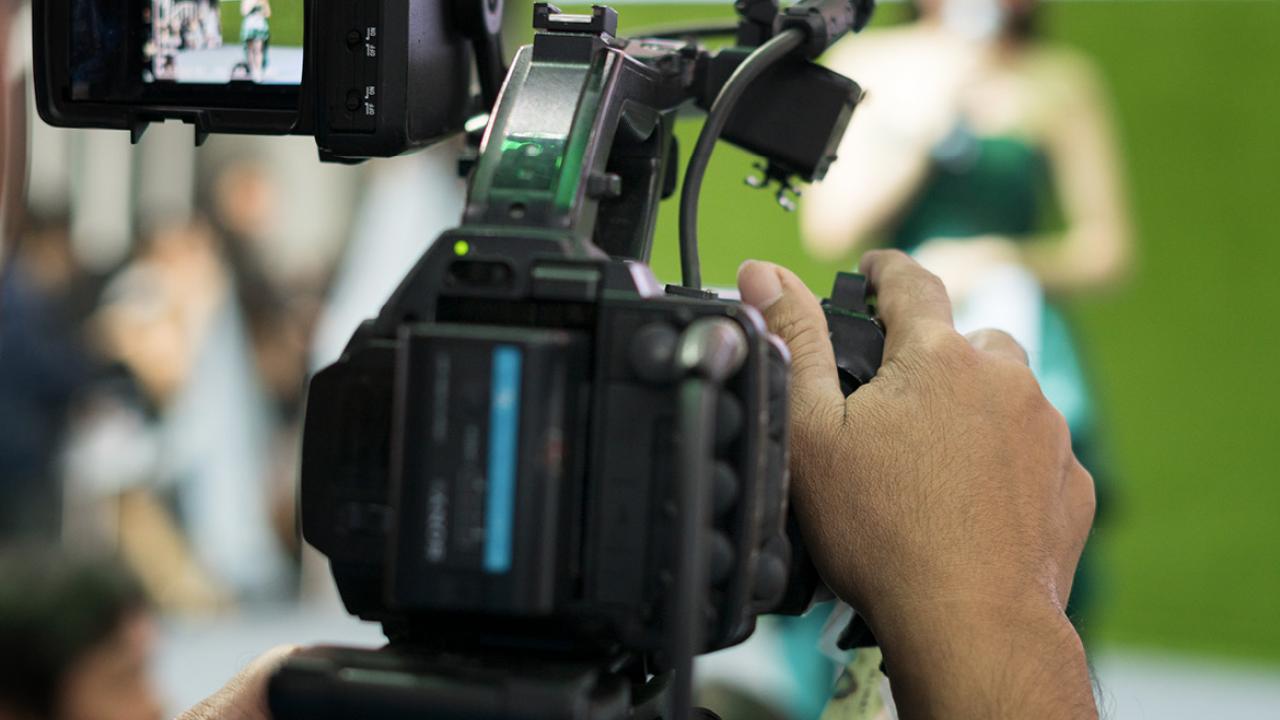
Doctors and the medical research community have successfully partnered with the news media to deliver information about he COVD-19 pandemic, but the partnership has not produced perfect results, according to AMA President Susan Bailey, MD.
While news reporting has helped spread far and wide some essential messages about shortages of personal protective equipment and public health mitigation practices, political timing has complicated the clarity of these communications.
“One of the most unfortunate aspects of the pandemic is that it has happened during an election year, and it’s all too easy for messages to be politicized,” Dr. Bailey said during an expert panel discussion, “Health Tech in the Age of Covid-19,” hosted by the Paley Center for Media.
“It’s so hard to break through the skepticism and help people” understand that “yes, you need to pay attention to the science,” Dr. Bailey added.
Find out more about the AMA’s leadership to defend science in a time of fear and uncertainty.
Communicating how science works
Panelist John Torres MD, senior medical correspondent for NBC News and MSNBC, said it’s been hard for news reporters and editors—even those with physician training—to keep up with the quick flow of new data and evidence on COVID-19.
“The biggest challenge has been the amount of information and how quickly the information is changing—and trying to get across that this information is preliminary,” he said.
As the pace of research has accelerated, and the release of research results has become more immediate, the steady growth of understanding that comes from long-term continual research has been upset.
“The curtains have opened up and all that is playing out in front of the media,” Dr. Torres said.
Read more about how, in prominent cases related to research on treatments and vaccines, science communication has failed during COVID-19.
Mujeeb Basit, MD, cardiologist and associate director, clinical informatics center, University of Texas Southwestern Medical Center in Dallas, described the relationship of media and medicine during the COVID-19 pandemic as a partnership in communicating the protocols for flattening the pandemic curve.
“We, the medical community, really have a one-on-one relationship with our patients. And having a broader impact to try to affect this curve has really been important,” he said.
“Media is taking on a public health role,” noted panelist Beth Blauer, executive director and founder, Center for Government Excellence at Johns Hopkins University, who lamented the lack of a fully funded U.S. public health infrastructure. “We are having to rely on the media to get these messages out to the public, to get the right information out to the public.”
Read this Q&A with Dr. Bailey to learn how COVID-19 has the potential to spur positive, lasting changes in health care.
Helping telehealth succeed
The great expansion of telemedicine and has been a positive outcome of the media and technology response to the COVID-19 pandemic, panelists said.
As cities and states shut down to avoid spreading COVID-19, physicians and other clinicians suddenly needed to find new ways to deliver care, said panelist Krish Ramakrishnan, co-founder and chief strategy officer, Bluejeans Network, a videoconferencing provider. In some cases, doctors and health care organizations turned to technology, such as Zoom, that wasn’t specifically designed for telehealth delivery.
“And miraculously, it all worked,” Ramakrishnan said. “But what we are really doing is repurposing a collaboration tool that was not designed for telehealth from the get-go. But people are making do with it. When it all settles down, we will have a video system that is designed for telehealth. That is one of the benefits of this improvisation. Telemedicine is here to stay.”
Dr. Bailey agreed. “My own practice went from zero to 100 percent telemedicine almost overnight when this pandemic began. There are no silver linings in this pandemic, but I think the fact that the telehealth industry matured about 10 years in about 10 weeks ... is going to be very helpful for us going forward.”
But there are challenges tracking the new use of technology, she said. “How do we keep it private? How do we make sure their data is safe? And then when the public health emergency is over, how do we make sure that physicians can still be reimbursed appropriately for doing telemedicine?” Dr. Bailey asked.
Another important objective to help telehealth succeed over the long term is to change “some of the previous arcane rules that prohibited us from doing telemedicine unless we were in certain proscribed locations.”
News media coverage has helped promote patients’ acceptance of telemedicine, she added.
“People feel so much more comfortable talking to their doctors, doctors’ offices and hospitals online. I think the media has helped normalize that type of communication.”
Learn more with the AMA about how to maintain momentum on telehealth after the COVID-19 crisis ends.
"Media" - Google News
September 16, 2020 at 07:00PM
https://ift.tt/2ZJxrg9
How news media is filling public health role during COVID-19 - American Medical Association
"Media" - Google News
https://ift.tt/2ybSA8a
https://ift.tt/2WhuDnP
Bagikan Berita Ini















0 Response to "How news media is filling public health role during COVID-19 - American Medical Association"
Post a Comment